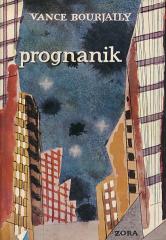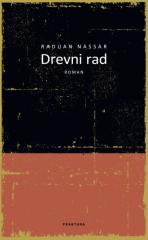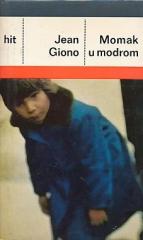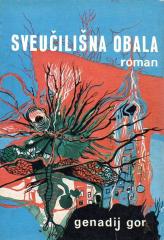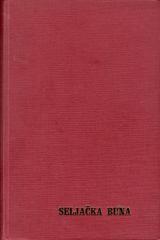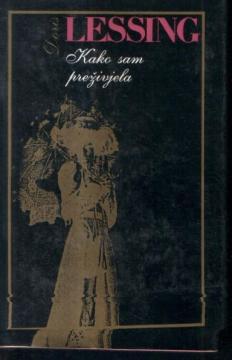
Kako sam preživjela
The novel How I Survived (1974) by Doris Lessing is a dystopian novel that follows the unnamed narrator, a middle-aged woman, in a futuristic city collapsing due to social and economic collapse.
Through her memoirs, Lessing explores themes of survival, the loss of civilized norms, and inner transformation in a chaotic world.
The narrator lives in an apartment, watching society fall apart—gangs roam the streets, food and power shortages become commonplace, and the government loses control. Unexpectedly, she is brought into the care of Emily, an adolescent, and her dog Hugo, beginning her emotional and moral connection with the girl. As Emily grows up, the narrator witnesses her struggle with love, rebellion, and adjusting to a harsh reality. At the same time, the narrator experiences visions through the walls of her apartment, entering a symbolic, surreal world that reveals deeper truths about herself and humanity.
The novel combines a realistic depiction of social collapse with psychological and mystical elements, exploring themes of motherhood, responsibility, and hope in the midst of ruin. Lessing uses an introspective style to emphasize the fragility of civilization and the strength of the human spirit. The work is notable for its dystopian vision and feminist portrayal of women's inner strength.
Two copies are available
